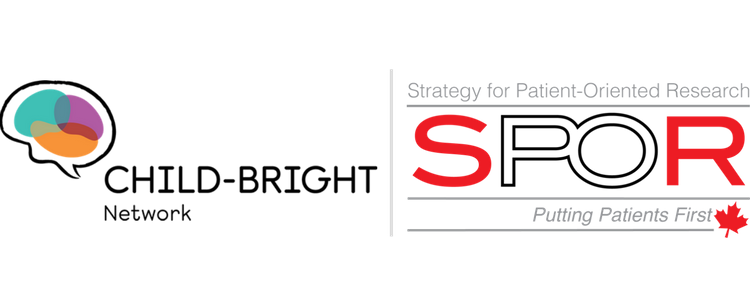Are you wondering why it might be worthwhile for you or your child to take part in a patient-oriented research study? In our “What’s My Why” blog series, hear from five CHILD-BRIGHT patient-partners on the many reasons they decided to get involved in research.
In this post, Frank Gavin, CHILD-BRIGHT’s Director of Citizen Engagement, shares his “why”.
I was keen, my wife less so, to enrol our son in a research study when he was twelve. We were made aware of it by a pamphlet in the office of the doctor who had recently diagnosed him as being on the autism spectrum and who was the study’s principal investigator.
At the time my wife and I had many questions. Why, for instance, were his school test results all over the map? Why was he so deeply anxious about seemingly trivial matters? How could we ease his suffering? We craved answers or at least information that might lead to answers. This study, we knew, only partly related to our main concerns, but it seemed more relevant than others we found out about. Of course, any opportunity for parents like us to help shape a research project that would more directly address our main questions was nowhere on the horizon.
The consent form told us quite clearly not to expect much information specific to our son, but we were promised a three-page report about him and a meeting with the junior investigator who was to be with him as he performed the many tasks. To us, information-hungry in those post-diagnosis months, this all seemed well worth the considerable trouble of taking our son out of school for three half-days and delivering him to a child-unfriendly concrete building with the narrowest of windows so he could complete quite arduous tasks—all, of course, while being closely observed by strangers. He found it hard-going.
A couple of months later I drove downtown for the scheduled meeting with the graduate student who had conducted the tests and written the report that was to be shared and discussed at the meeting. Unfortunately, when I arrived I was told the student couldn’t make it that day because of a snowfall of a few centimetres—not much of a storm even by Toronto standards—and that the report would be mailed to us. I was too disheartened to ask about rescheduling the meeting. The report that eventually arrived in the mail was moderately useful. I suspect it would have been more helpful if we could have talked about it with its author, even asked her a few questions.
Since that experience many years ago, I’ve been an advisor and a partner on several research projects, including CHILD-BRIGHT. My hope is that by working together we (researchers, parents, and youth) can make sure that the research addresses the most important questions we have and that it does so in a way that always respects and fortifies the children, youth, and families who, as research participants or subjects, make such generous and indispensable contributions.


